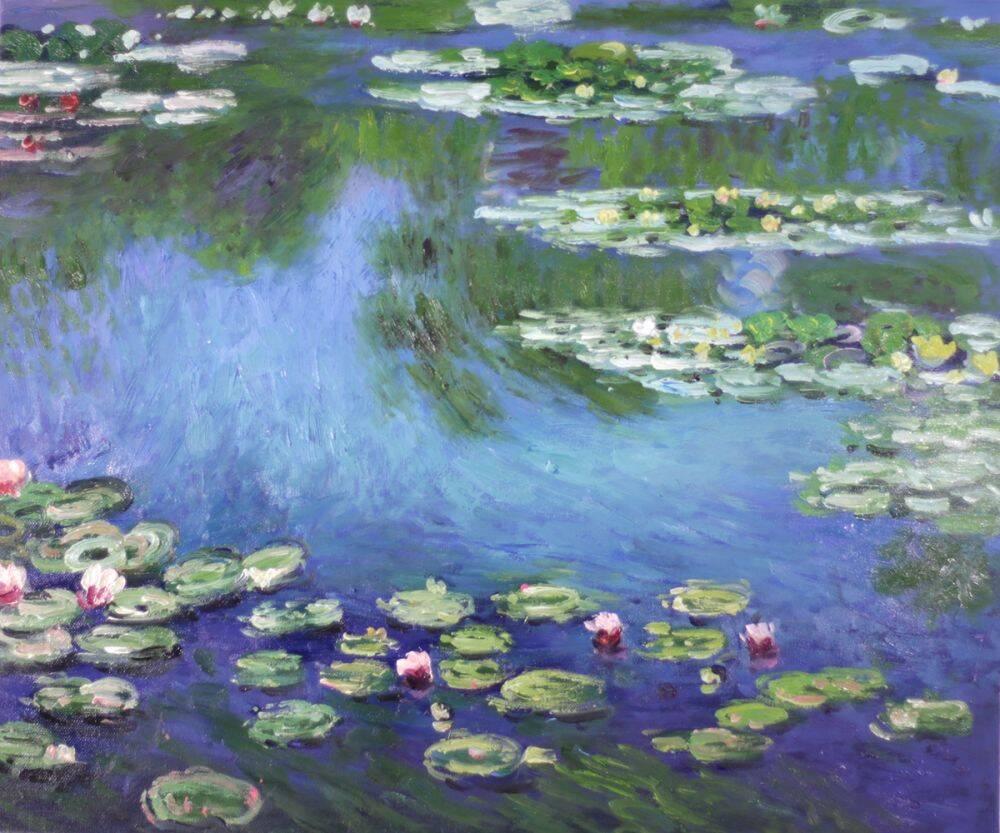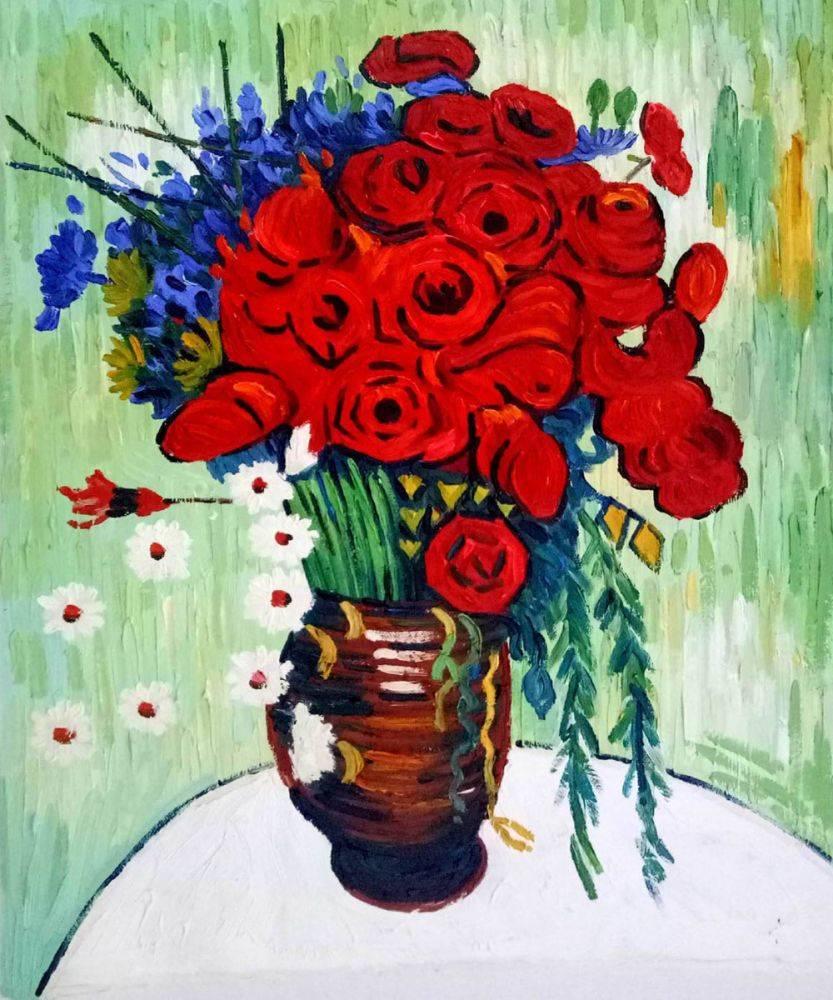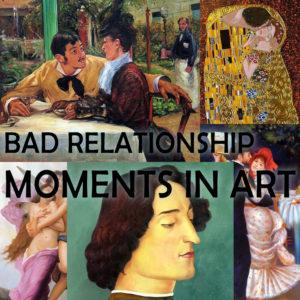Art Reflections
Art Date 101: A Guide to Help You Mingle and Talk Art on a Date Part 1
You know the drill… you’re at a cocktail party or a gallery opening with a date and you really want to impress her. You’re both gazing at a painting and she pops the question: “How does this art make you feel?” Now you have two options: either you make something up (which is not a bad idea) or you can actually say something meaningful. Below is a short lesson on Balance in Composition that will help you sound sophisticated no matter what “Art Talk” obstacle comes your way…

The Principle of Balance In Composition
There are two important types of balance in composition—symmetry, and asymmetry. Each type of balance has its own importance as to how a composition is successful or not so successful in the perception of the viewer. Balance focuses on harmony achieved through the use of such elements as line, space, texture, or color, and the visual weight felt through the symmetrical or asymmetrical arrangements of these elements.
Symmetry is a more “formal” type of balance where the elements of composition have equal weight when perceived. Think of a butterfly where either wing is perfectly equal to the other side in the use of color and shape; it is a mirror image. A good example of symmetry is the inkblot test (the Rorschach test) where each half of the paper is a perfect mirror image of the other.
Asymmetry is a more informal type of balance where the elements of composition are placed unevenly across the composition but still achieve a type of harmony for the viewer. Imagine that two blue circles are placed on the left side of the composition and there are two red triangles on the right side of a composition. A balance is still achieved because though the shapes and colors are different, their placement is the same. Visual weight achieves harmony in the mind.
Let’s consider the above artwork, “Together.” Asymmetrical balance is achieved here. The two thin trees are not exact replicas of one another but they are similar and placed in similar positions in the composition. The use of line is also relatively balanced asymmetrically.
Keep in mind the principle of balance may be left out of a composition intentionally by the artist, particularly if the artist is communicating a subject not so harmonious to the mind. This can reinforce a mood the artist may be wanting to communicate to the viewer.
Try looking at other paintings, do you find examples of balance in symmetry and asymmetry? Ask yourself, does the use of balance makes this painting successful to you as a viewer?
So the next time your date turns to you and asks you “How does this art make you feel?” Look her square in the eyes and say: “I love the Balance in the Composition, it’s so asymmetrical!” Odds are she will be pleasantly impressed.






